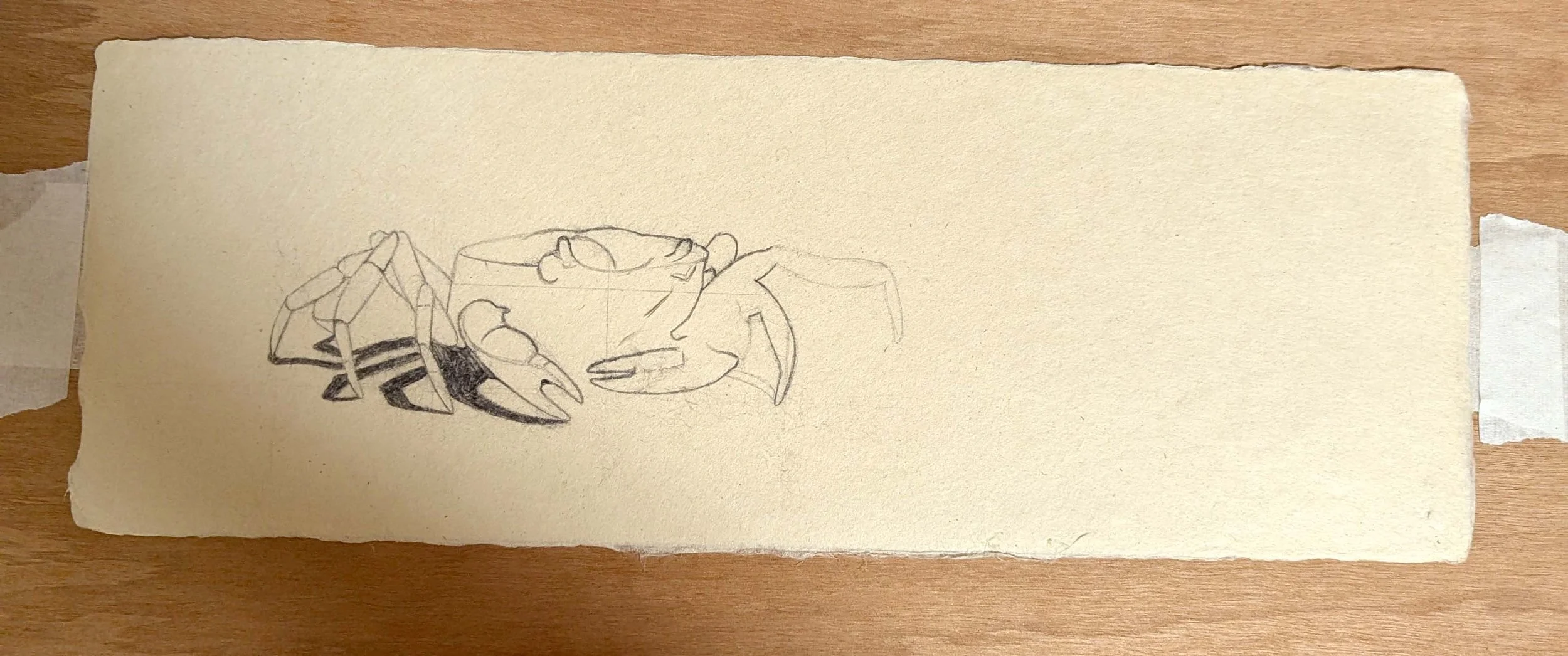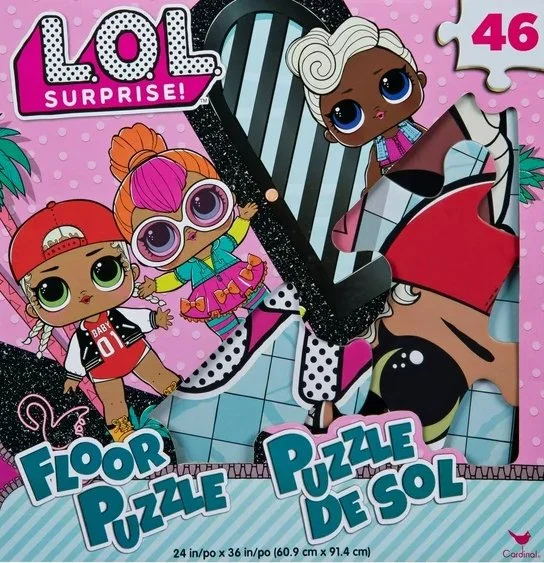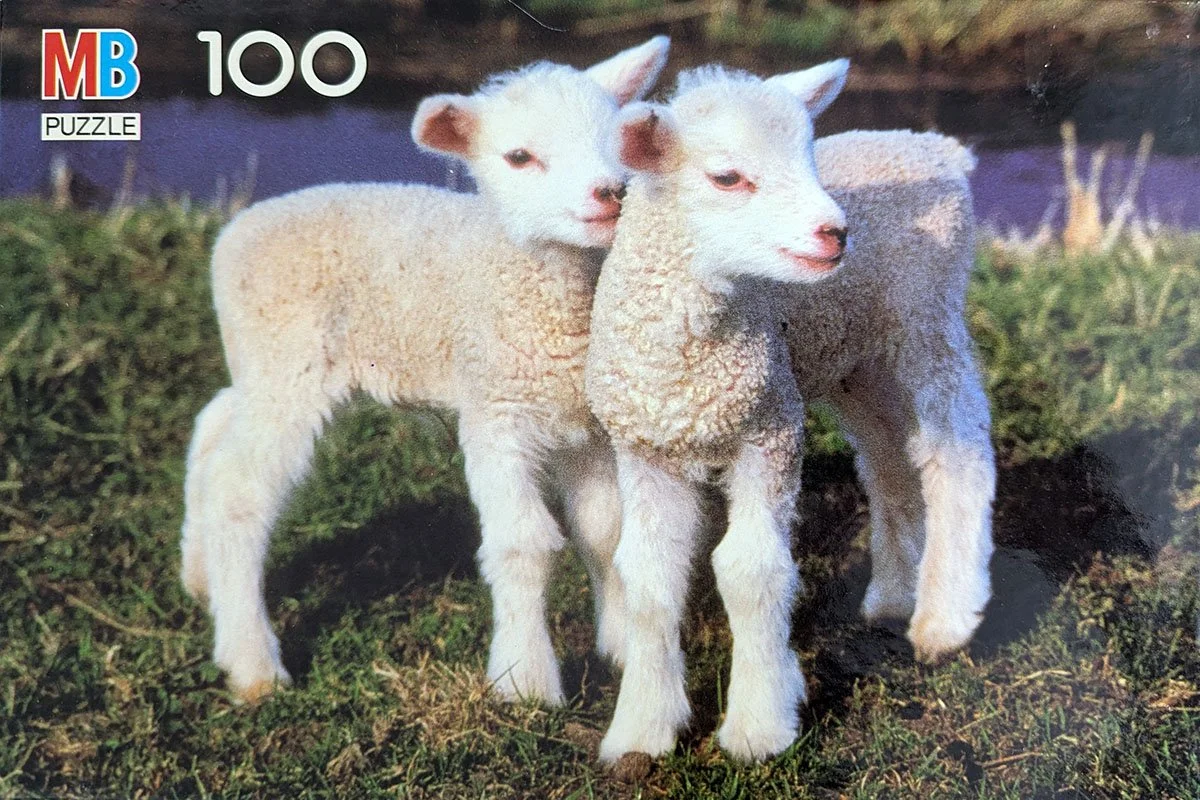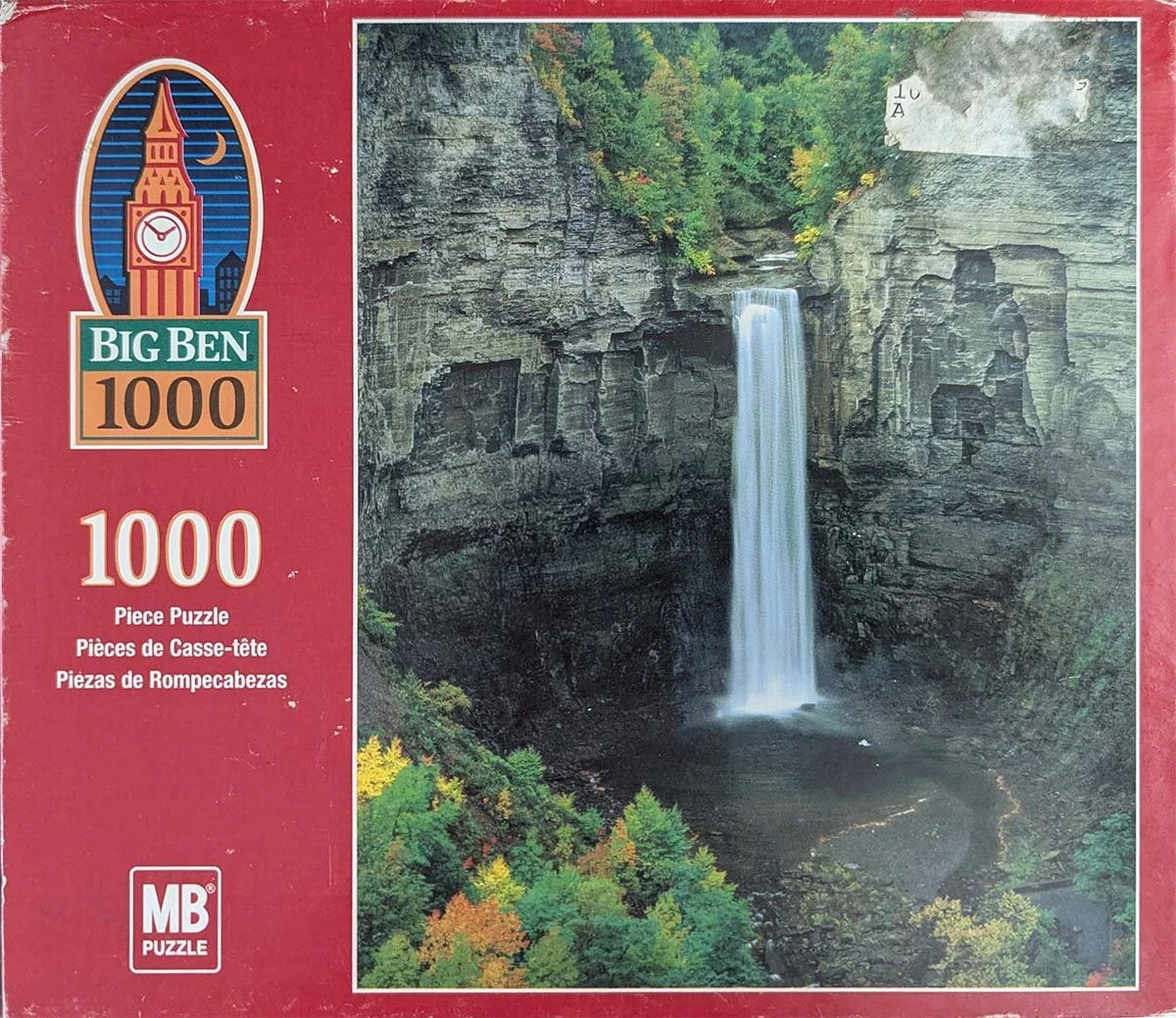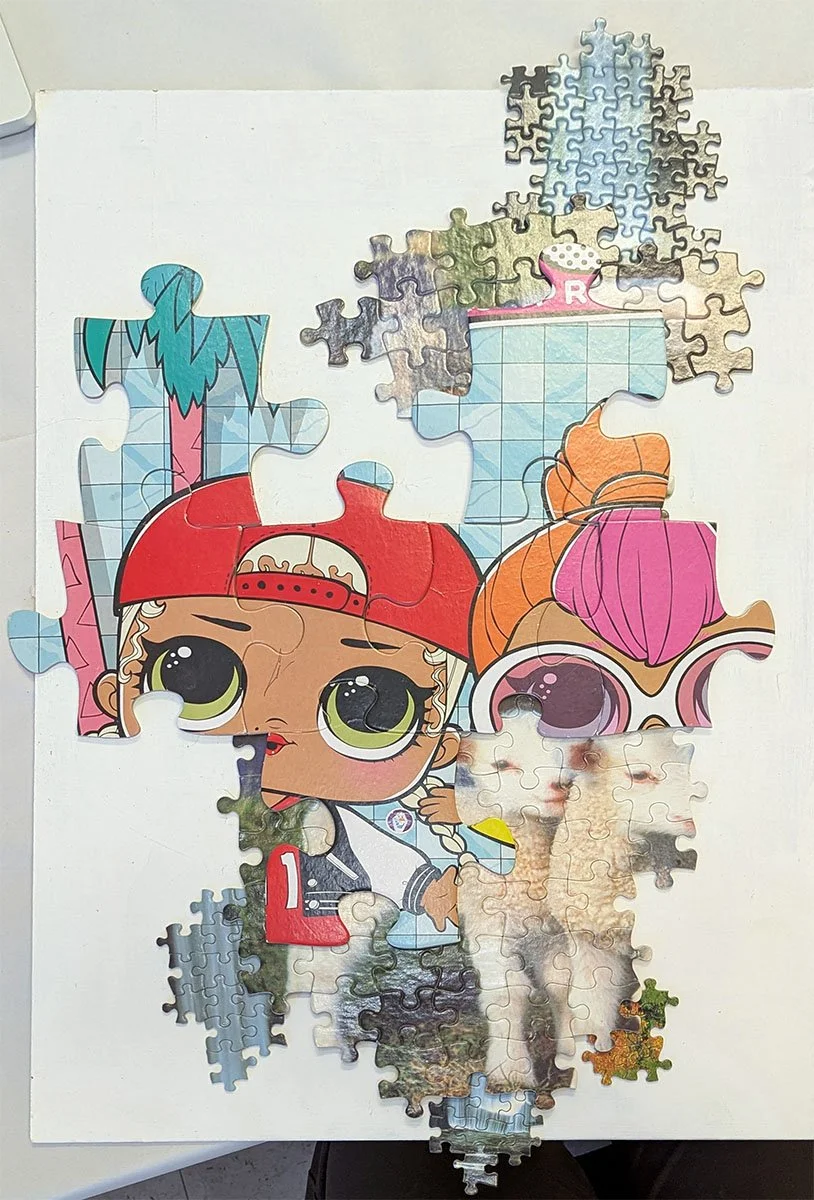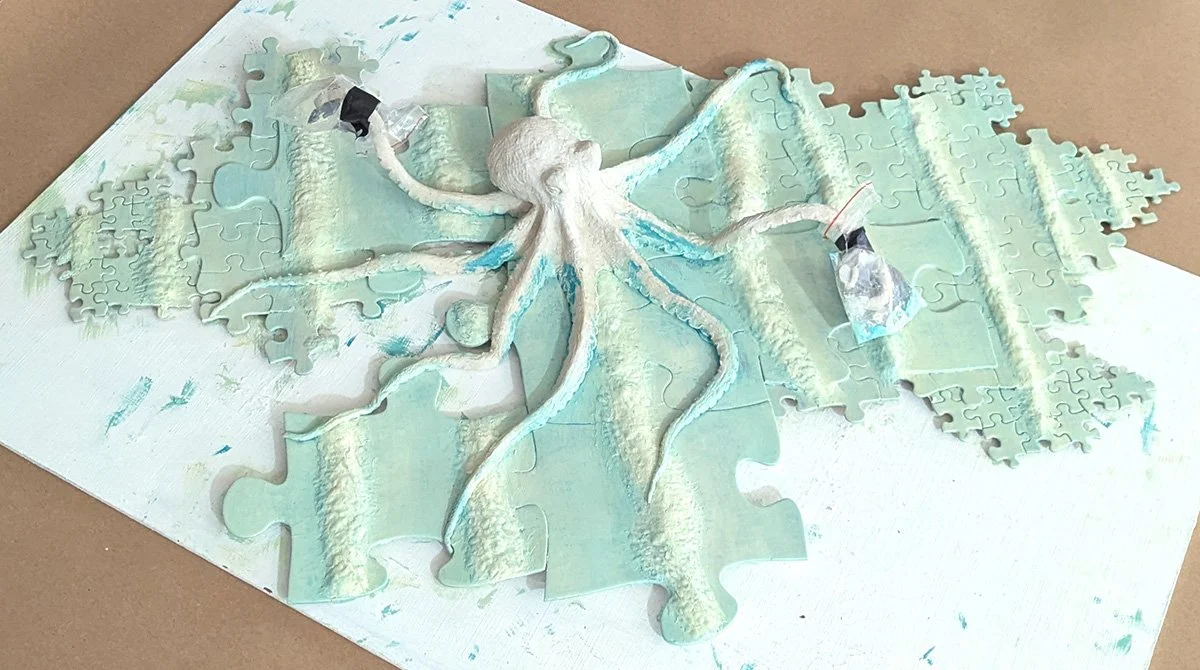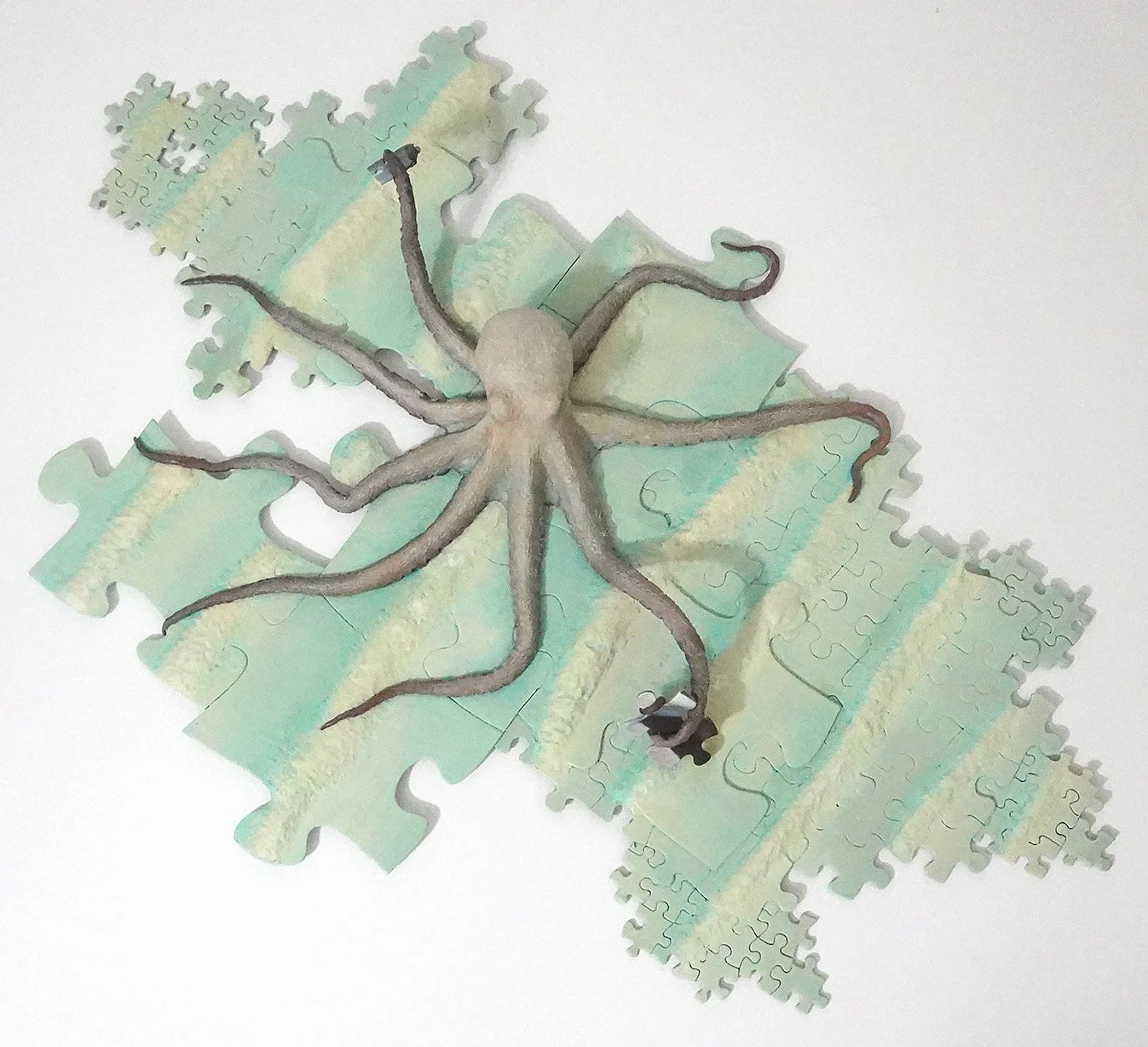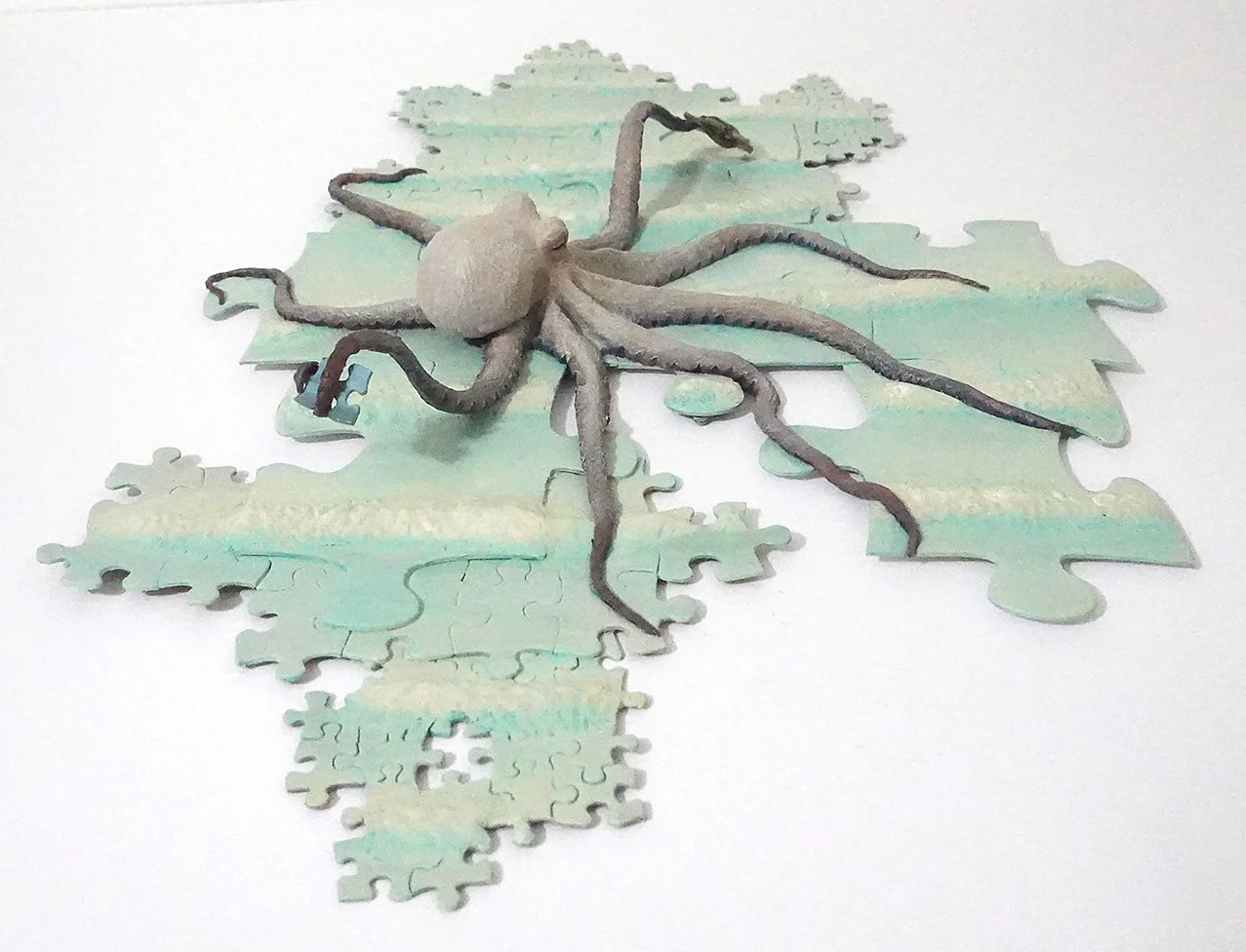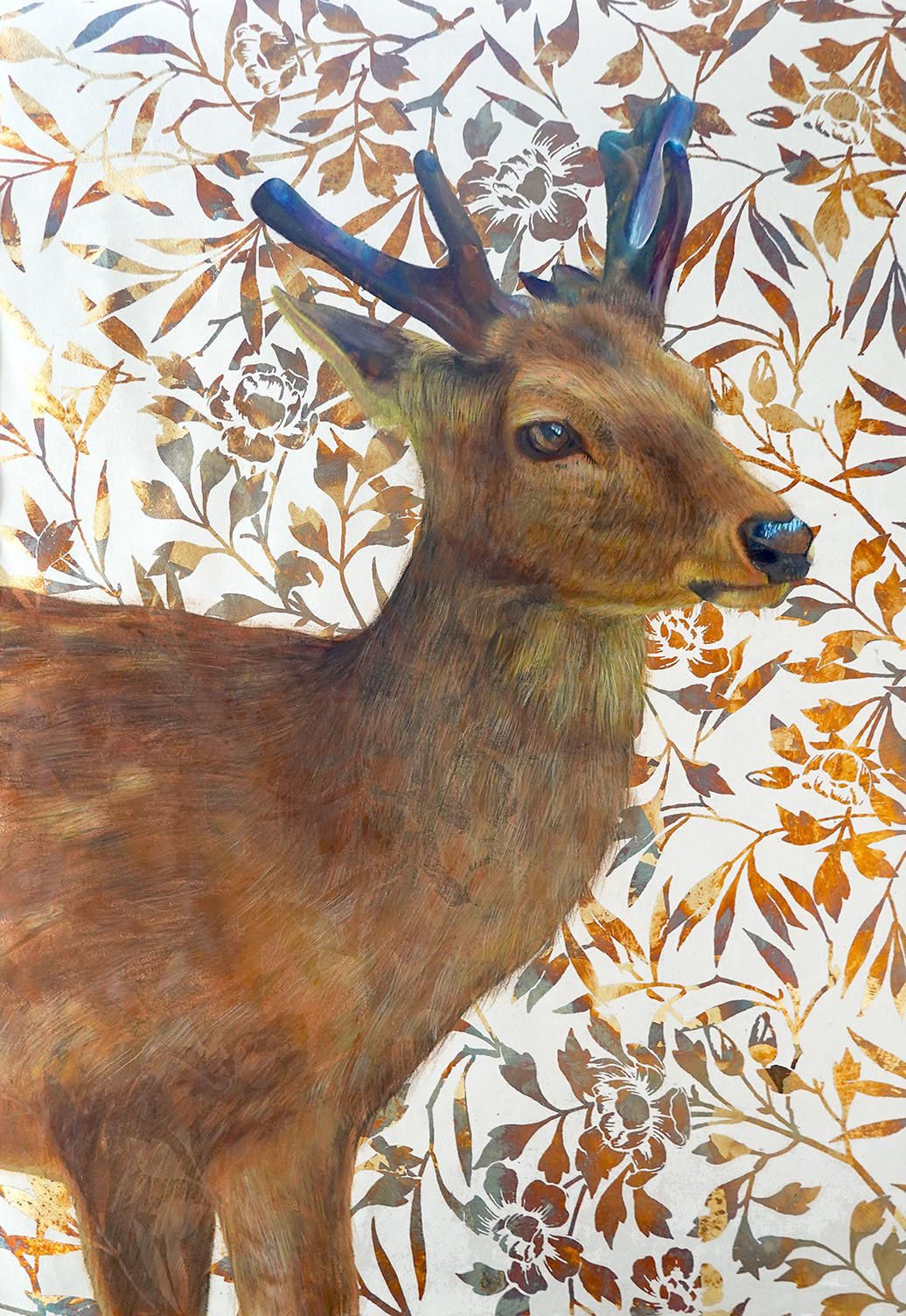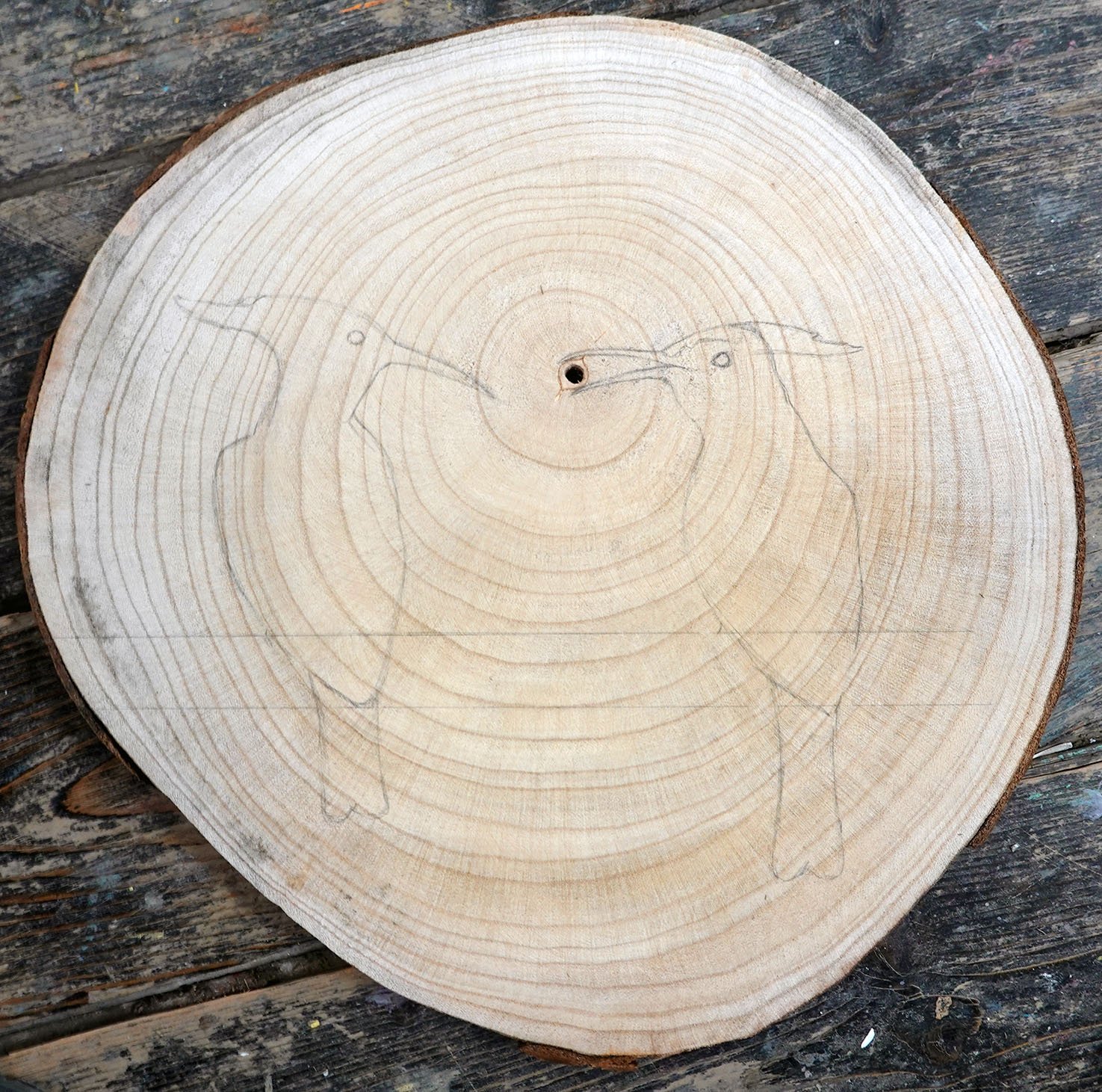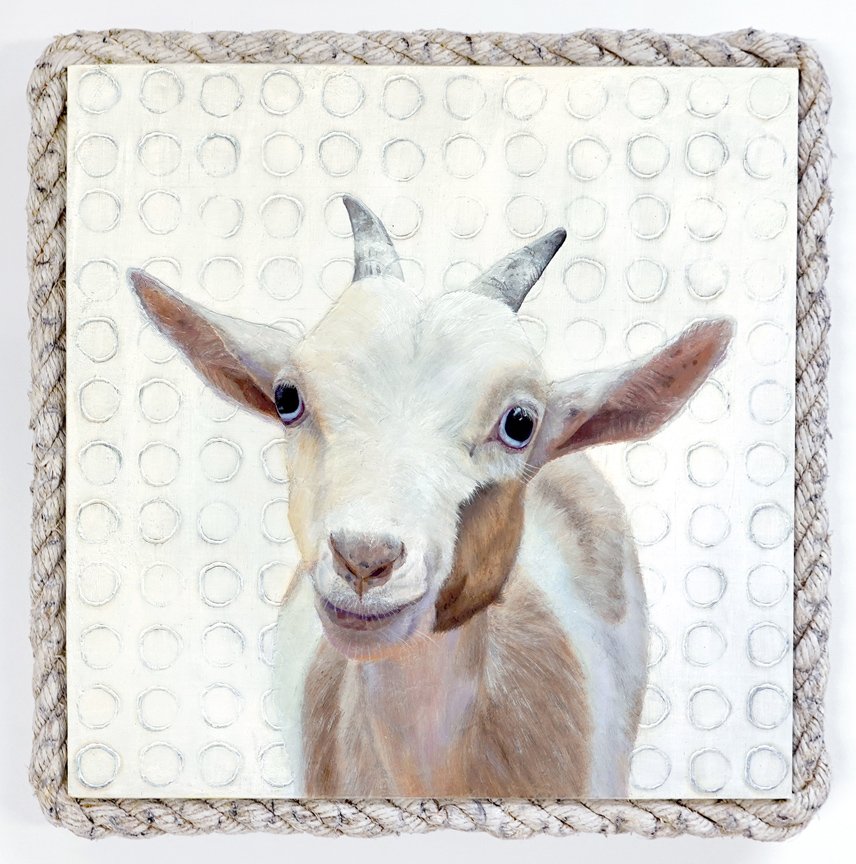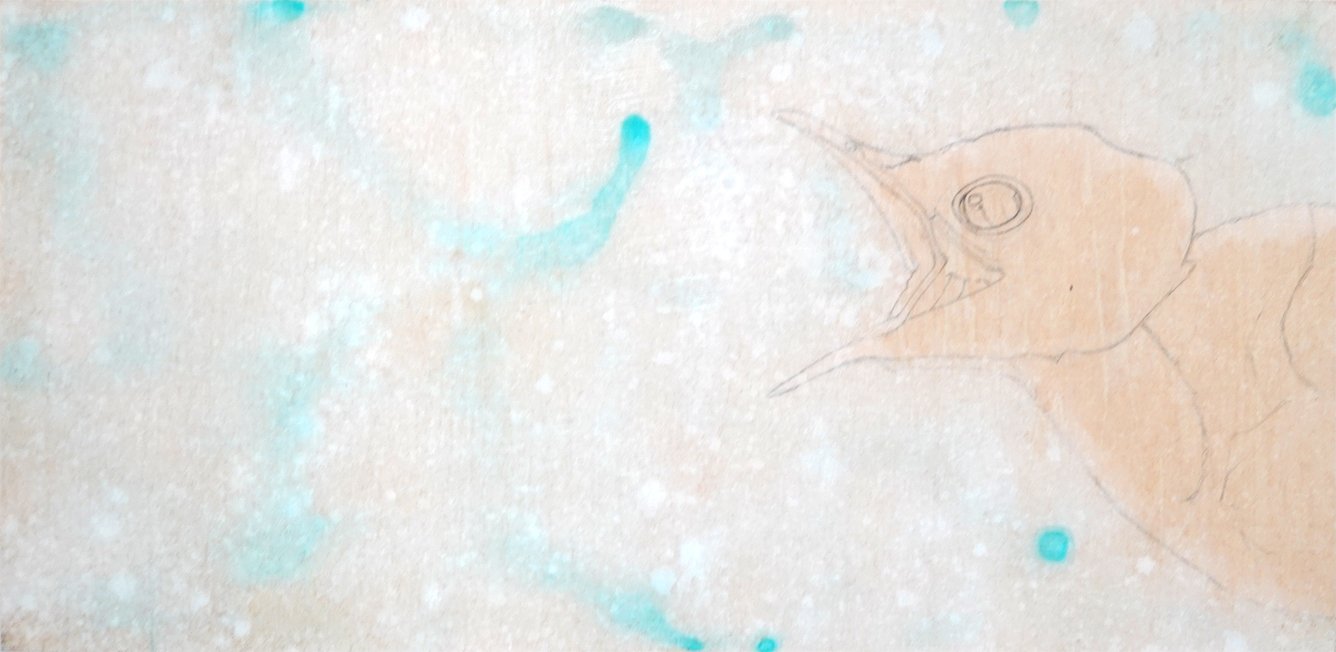A number of people have shared with me that they really enjoy when I post progress images of my artwork, so they can see the process! Here are the behind-the-scenes pictures from this past summer.
As always, I remembered to document more with some paintings than others; I appear to have been so focused on the making of it that I never paused to photograph the process of creating Red Spider Lily - sorry!
Please also keep in mind that I take progress photos somewhat haphazardly compared to the care I put into the finished artwork images in terms of lighting, perspective, backgrounds, and color accuracy.
First we have Even the Shadows Are Fresh:
Next, we have Blue Hour:
Here is After the Rain:
And finally, Edge of Motion:











